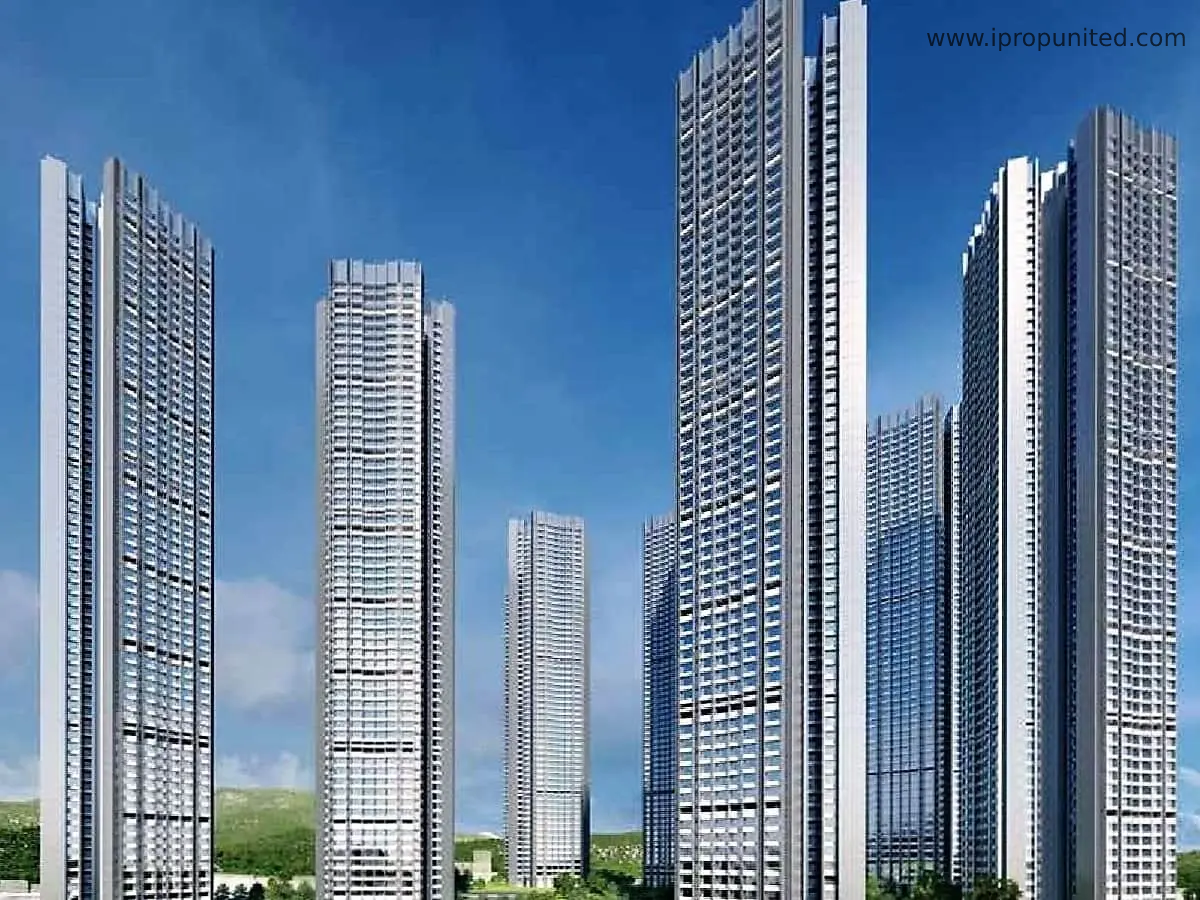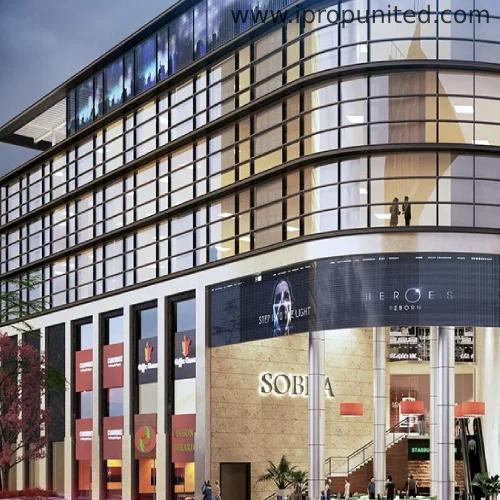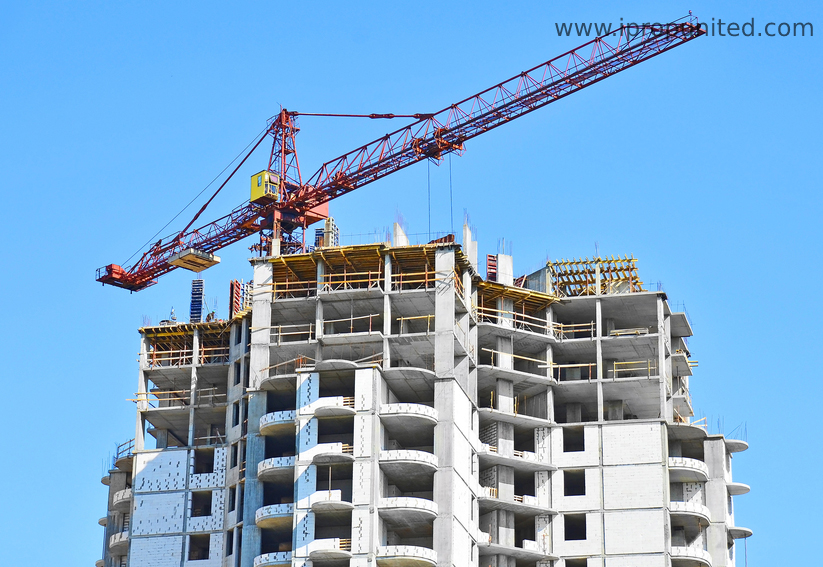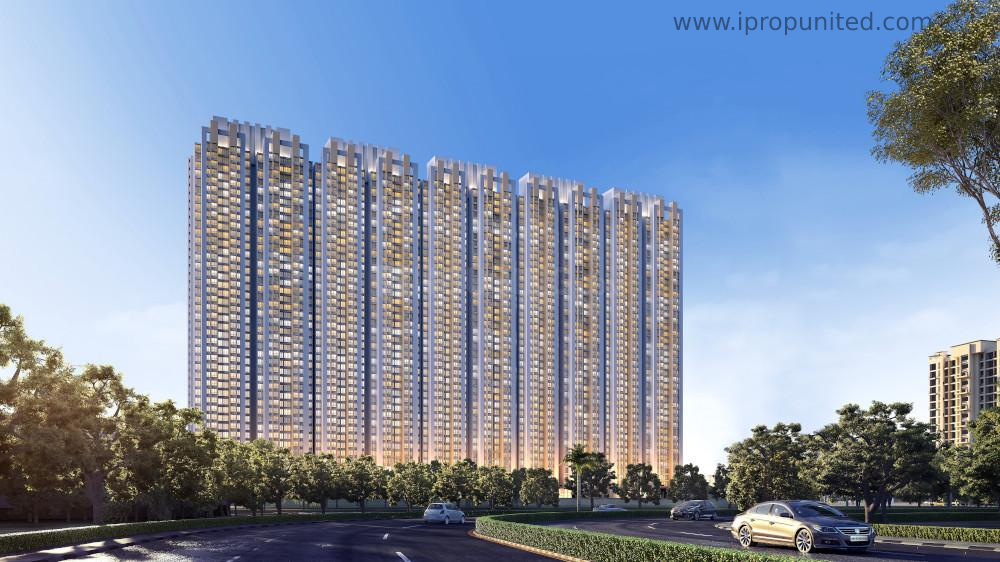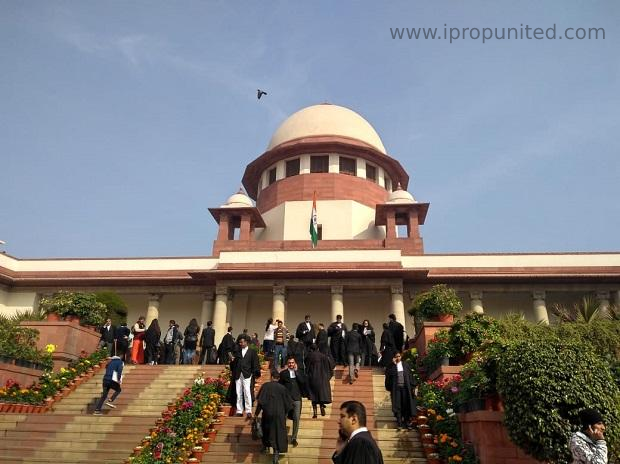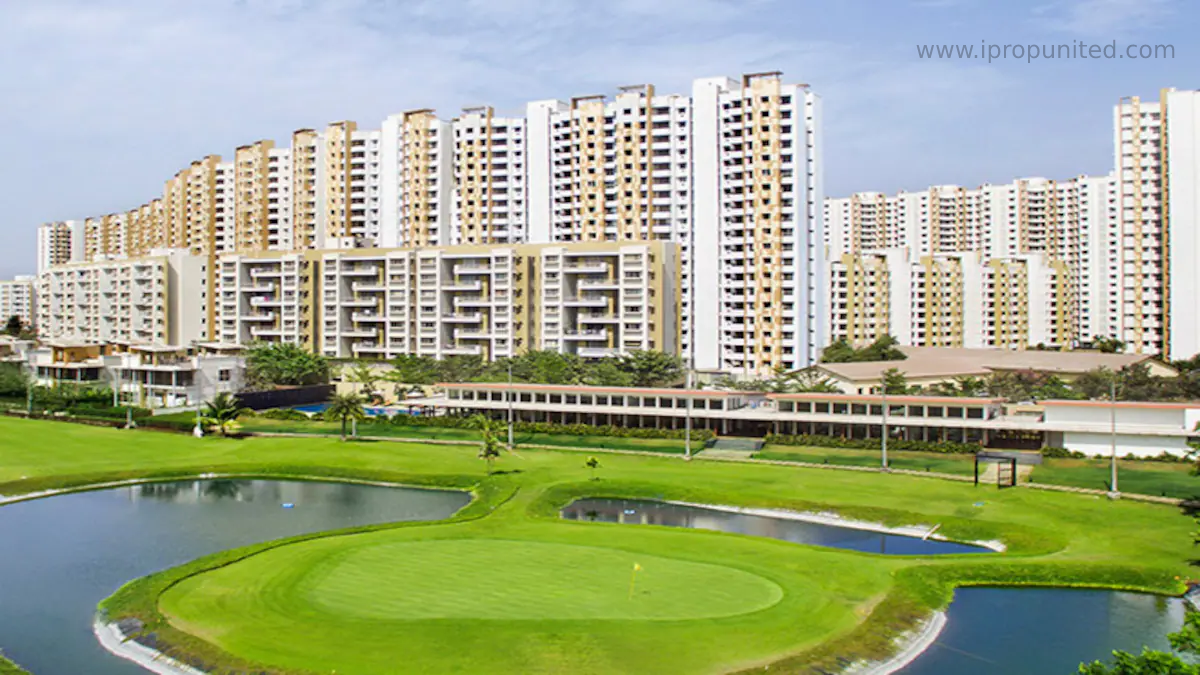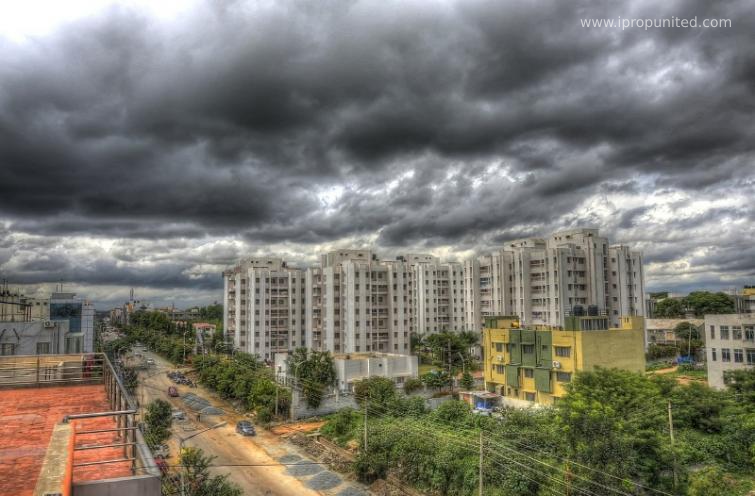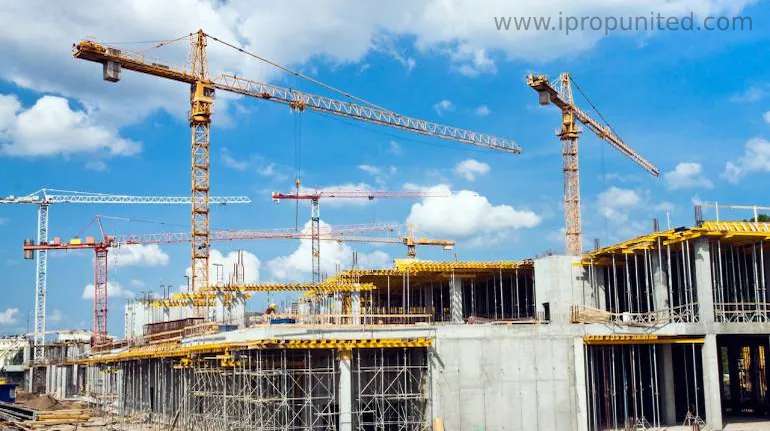Industry expert believes shift in capital allocation is the main reason attracting people towards real estate.
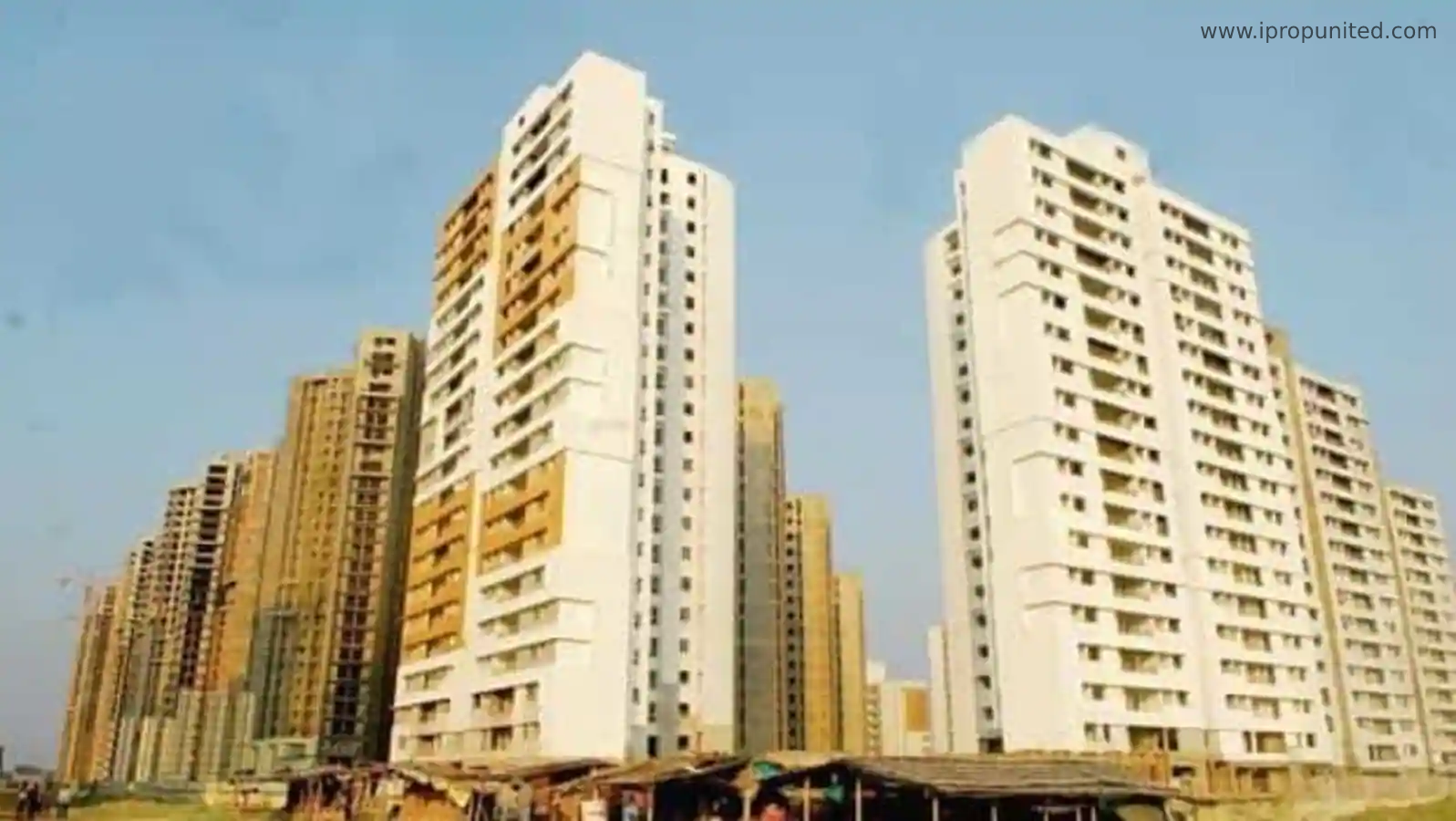
Mumbai BMC region sets a 10-year high record in property registrations. The department registers over 9,037 units in July 2021, a 15 per cent more compared to June 2021 and a sharp increase as compared to 2,662 units in July 2020.
The July month this year was 57 per cent higher than the pre-Covid period in July 2019, according to a report put up by property consultant Knight Frank.
Shishir Baijal, Chairman & Managing Director, Knight Frank, said, “As the economy revives and the lockdown restrictions ease further, with the increase in the pace of vaccinations, we expect this momentum to sustain provided we avoid the third wave. The fact that new registrations for July have also shown an encouraging increase over the last few months also bears testimony to the fact that demand for new homes remains intact.”
The registration of new residential homes was 57% in July compared to 42 per cent in June, 29 per cent in May, and 7 per cent in April, as per the report.
The easing of lockdown restrictions is one of the main reasons for record registration as customers could easily visit project sites and closed the deals. The July month growth is consequently related to demands from preceding quarters.
One other cause for the growth is the leeway of four months given by the Maharashtra state government to homebuyers in property registration after stamp duty payment to resolve crowding issues in registration offices.
The decision gave the option of 4 months window till July 31st to homebuyers who purchased residences and paid stamp duty on or before March 31, 2021, for registering their residential property.
The report mention, “Before this leeway was permitted, for over 95 per cent of registrations in the recent years, the difference between the date of payment of stamp duty and date of registration was less than 10 days and for less than 2 per cent of the registrations, the difference was over 30 days.”
According to Chief Economist & National Director Research of Knight Frank India, Rajani Sinha, real estate property demand is coming from end-users rather than investors for the last few years, which leads to continuity in the trend.
“After the closure of the stamp duty window in March 2021, the relatively affordable segments (<1 cr) have dominated the major share of sales. The majority of homebuyers in the mid to high-income segments had purchased their apartment before the closure of the lower stamp duty window ending March 2021,” Sinha added.
Meanwhile, luxury homes with a high price bracket are continuously being bought for the last couple of months in Mumbai and its metropolitan region. Affluent people and Bollywood celebrities are the ones investing in these properties.
“With investor sentiment across different asset classes showing sharp swings post the pandemic, the property has been leading the ‘favoured list’ among investments. HNI and property investors have driven the enhanced quantum of investments in property through July 2021,” said Niranjan Hiranandani is National President, NAREDCO.
Industry expert believes the shift in capital allocation is the main reason attracting people into real estate sector.
“We have seen the pandemic bring about a paradigm change in terms of both, wealth creation as also growth. Real estate, especially residential, has done well through the pandemic as an investment option; and this, in turn, is leading to a shift in capital allocation towards real estate,” Hiranandani said.
The report also points out the preferences of homebuyers that have also changed amid the pandemic. The second Covid wave and lockdown have led the homebuyers to seek homes that provide safety and security.
“The jump in property registrations in July 2021 has happened on-demand from end-users; driven by the ‘hybrid’ model of work as also ‘work from home’ in the ‘new normal’. Homes that fit the requirements caused by the pandemic have registered high sales. Integrated townships which offer the entire gamut of amenities and facilities required as a result of the lockdowns have seen customer preference grow to post the second wave,” Hiranandani said.
The report mentions the unlocking of the city, opening of the economy, the rise in vaccination drives and resolution between the state government and developers to help real estate grow in Mumbai. However, many developers feel that it would be challenging to continue this momentum in future, and government support will play a major role in the industry.
“There is still demand among the homebuyers, and we believe the numbers will see a gradual uptick if the State Government takes necessary measures to sustain the demand by reconsidering to trim the stamp duty till March 2022,” said Ashok Mohanani, President, NAREDCO Maharashtra.
Published by– Ankit Gohel

